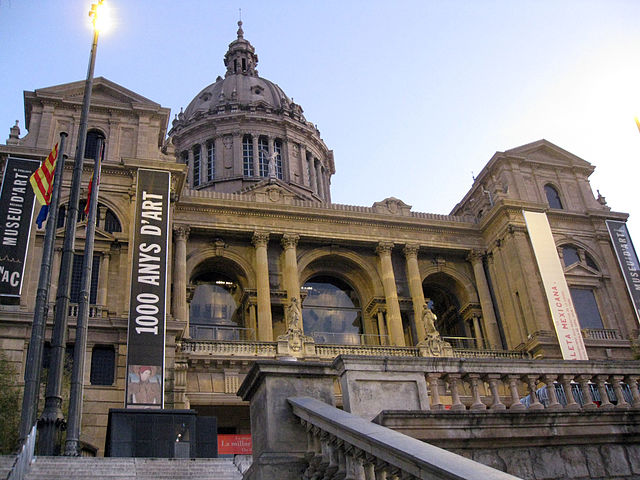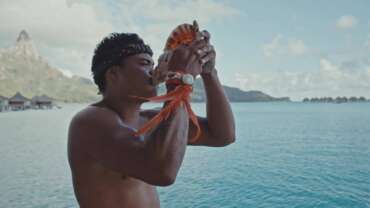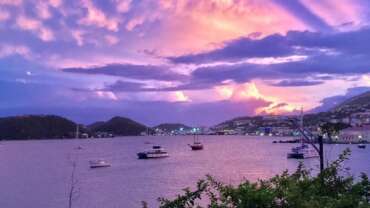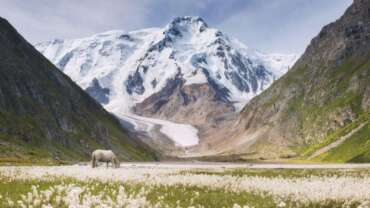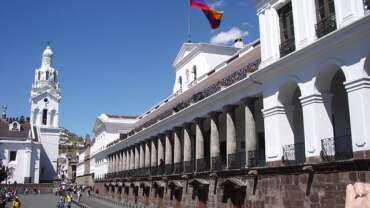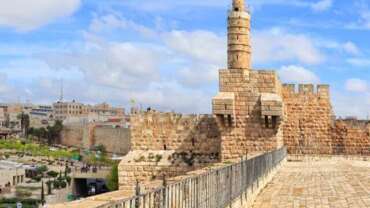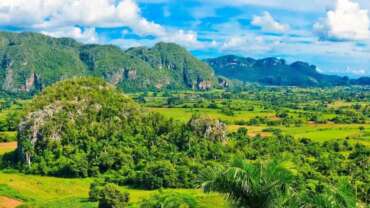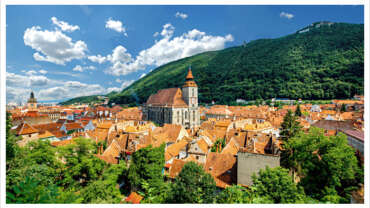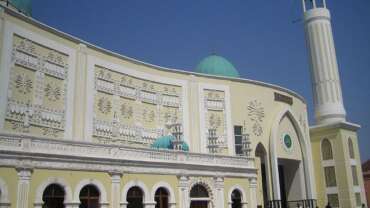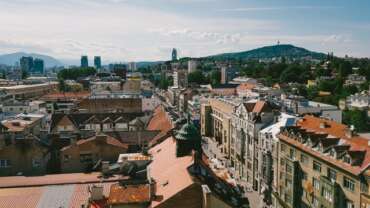Palau is Paradise. Palau is Amazing. It is Pure!
Palau is an archipelago of over 500 islands, part of the Micronesia region in the western Pacific Ocean. Koror Island is home to the former capital, also named Koror, and is the islands’ commercial center. The larger Babeldaob has the present capital, Ngerulmud, plus mountains and sandy beaches on its east coast. In its north, ancient basalt monoliths known as Badrulchau lie in grassy fields surrounded by palm trees.
History of Palau
Large hillside terraces, numerous stone ruins, and megaliths on Babelthuap give evidence of a vital culture before contact with European explorers. The first extensive contact of Palauans with Westerners took place after the shipwreck of the East India Company’s packet Antelope in 1783. George Keate’s An Account of the Pelew Islands (1788), which recounted the friendship and high adventure found in Palau, served to fuel the European myths of the noble savage and the island paradise. The first 70 years of the 19th century were punctuated by the occasional visits of whalers and traders, who left beachcombers and firearms behind. Diseases communicated by contact with Europeans led to the deaths of many islanders, and firearms were prized for intervillage warfare, which was ended in 1883 through the peaceful intervention of Capt. Cyprian Bridge of HMS Espiegle. Spanish and German colonial influence was expressed through Roman Catholic missionaries. The Japanese navy expelled the Germans at the beginning of World War I, and, although the Japanese period is locally remembered as one of economic development and order, the Palauans were a marginal minority by 1936. Japan lost Palau in World War II in a struggle that was socially destabilizing and confusing to the Palauans.
After a short period of administration by the U.S. Navy, Palau became part of the United Nations Trust Territory of the Pacific Islands under U.S. administration in 1947. A constitution was adopted in 1981 (following two prior referendums), and elections were held in the same year. The country became internally self-governing in 1981. Palau signed a Compact of Free Association with the United States in 1982, but the required number of voters failed to pass the referendum until 1993. The compact required that the United States remain responsible for external security and defense and that it provide financial assistance for Palau, but conflict arose over Palau’s constitutional prohibition on the operation of U.S. nuclear-powered or nuclear-armed vessels and aircraft within the jurisdiction of Palau. According to the terms of the compact, the United States reserved this right as well as the right to neither confirm nor deny the presence or absence of such weapons in Palau. Several attempts were made to revise the constitution, revise the compact agreement, and secure Palauan approval, and the United States dissolved the trusteeship in 1986. In 1992 voters approved an amendment that reduced from three-fourths to a simple majority the popular vote required to override the antinuclear provision of the constitution. This cleared the way for approval of the compact in 1993, and under its terms Palau became independent in October 1994. Palau joined the United Nations the following December.
In 1985 volatile internal politics resulted in the assassination of the first president, Haruo I. Remeliik. In August 1985 Lazarus E. Salii was elected to serve out the four-year term begun by Remeliik in January 1985, but Salii’s term was also cut short, when he committed suicide in August 1988. By the early 1990s, however, Palauan politics had stabilized.
In September 1996 the bridge connecting Koror with Babelthuap island collapsed, killing two people and wreaking havoc on the national economy. The capital, cut off from the international airport on Babelthuap, found itself isolated from the rest of the country, as well as from the outside world, and telecommunications, water, and power were disrupted for most of the population. The Japanese government contributed some $25 million for the construction of the replacement Babelthuap-Koror bridge—of a suspension design, rather than a concrete cantilever like the first—which was opened in 2002.
Palau lent its support to the U.S.-led coalition during the Iraq War, in which Palauan troops served as part of the U.S. military.
People of Palau
Ethnic groups and languages
The islands were inhabited from 3,000 to 2,000 years ago by successive waves of Malays from Indonesia, Melanesians from New Guinea, Philippine natives, and some Polynesians from outlying Polynesian islands in Micronesia. This resulted in a diverse population, which since the late 18th century has also included Europeans, Japanese, and Americans. The southwest islanders, who are culturally and linguistically distinct from the Palauans, are the only minority group; they trace their origin to a group of ancestral survivors of one or more canoes that drifted to Sonsorol from Ulithi Atoll, northeast of Yap.
Palauan is a Western Austronesian language and is very complex in that it has many irregularities that make formulation of grammatical and lexical rules difficult. Sonsorolese-Tobian, another native language, is spoken on the southwest islands. Palauan, Sonsorolese-Tobian, and English are the official languages of Palau.
Religion
The indigenous Palauan religion of powerful ancestral and nature spirits was supplanted by Christianity, brought by missionaries. Slightly more than half the population is Roman Catholic; just over one-fourth is Protestant. There are smaller numbers of Seventh-day Adventists, Jehovah’s Witnesses, Mormons, and members of other faiths.
Art & Culture of Palau
Pragmatic adaptation, persistence of wealth-exchange customs, and competition characterize Palauan society. Palauans adapted to a century of colonial intrusion—Spanish, German, Japanese, and American—by viewing reality as something imposed from the outside to which one must adjust quickly if it is to be manipulated. Reciprocity and redistribution customs carried out between clans exchange food and services for money and gifts at births, house completions, and funerals. Women are the strength of society and control land, money, and titles. Men, previously occupied as fishermen and warriors, continue their traditional tasks in the rural areas and, as an adaptation to modern society, compete for elected office and in business.
Traditional art forms persist in chants and storyboards, which are now made for sale to tourists rather than for decoration of men’s clubhouses. The Belau National Museum (1955) in Koror has a small but instructive collection of artifacts. The Etpison Museum (1999), also located in Koror, has photographs, maps, and cultural artifacts among its collections. Many sporting activities centre on Palau’s waters and beaches. Baseball is an increasingly popular sport. For a discussion of the culture in its broader regional and historical context, see Micronesian culture.
We provide customized private charter boat and tour services!
Palau is one of the most beautiful paradises and unspoiled travel destination located in Micronesia, approximately 850km East of the Philippines, and 1,250km Southwest of Guam. This small archipelago is made up of 26 main islands and more than 300 smaller islets, which are hooped by barrier reefs and virtually all uninhabited. The small population of Palau has approximately 21,000 people. Palau’s territorial waters cover almost 630,000 square kilometers of the northern Pacific. With its scenic Rock Islands surrounded by turquoise waters and its kaleidoscopic marine life (700 coral species and 1,500 reef fishes species), Palau is a world-renowned scuba diving and snorkeling paradise.



